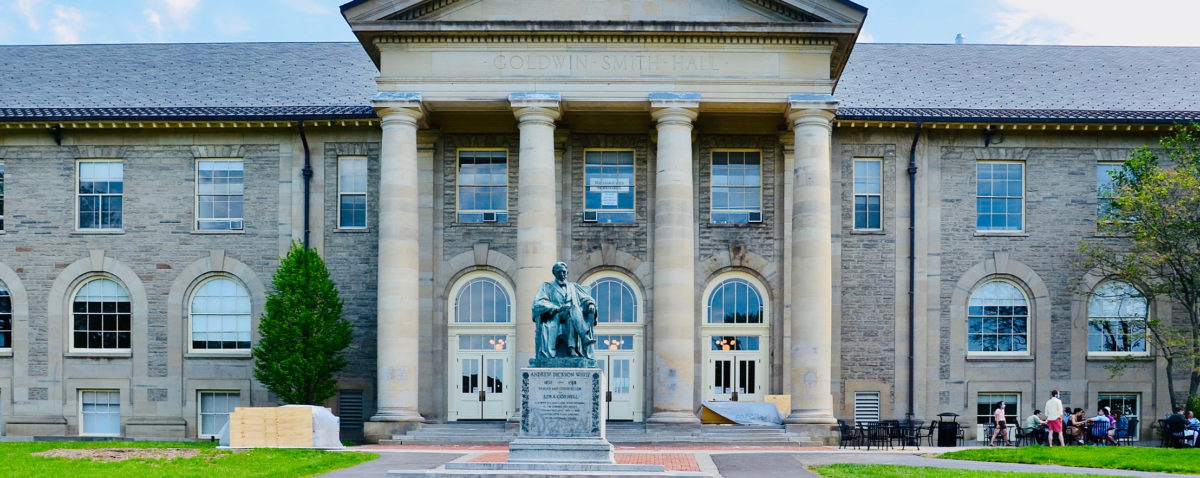Before the term “Covid 19” ever existed, colleges and universities had already been contemplating ways to reimagine their current campuses. Though the pandemic will cease to exist eventually, its impact has already made a permanent impression on the approach to higher learning.
Universities and colleges have been forced to accommodate the necessary health and safety precautions as quickly as possible as the pandemic took hold in 2020. Because of this, the concept of adaptation and renovation in currently existing spaces has become more approachable and tangible for higher education facility planners in the US. In fact, 14 of the 16 higher American education institutions that participated in a roundtable led by HGA, an architecture and engineering-focused design firm, said that their strategic planning will include re-purposing spaces already in place.
How The Pandemic Fostered Change So Well
When residence halls and lecture halls stood empty in 2020, it became evident that these changes facility planners had been considering for campus life in the future need to become a reality now - and fast. The 2020 pause in ordinary campus life presented an opportunity for change, giving planners the right time to reimagine key elements of student and campus life.
The abrupt switch to a hybrid learning style accelerated debate over current and potential use for the space in classrooms and lecture halls. Spaces that once catered to hundreds of students at once are becoming more obsolete. In turn, making strategic, resourceful, long-term plans to make the best use of these buildings a primary focus. In cities such as New York, space is extremely limited, making it an aspect that needs to be optimized to its fullest.
Re-Defining Campus Life in NYC in a Post Pandemic World
As the concept of “campus life” for students continues to be redefined, planners continue to realize that not only do these changes need to happen, they need to happen the right way. This means planning not just to make campuses in New York City livable during the pandemic, but for life afterwards, too.
This new definition of ‘campus living’ places an emphasis on a need for making the campus into a space that fosters a community atmosphere. This involves the expansion of campus social, cultural, and mental health student services, all as a part of the goal to achieve a sense of belonging for the college’s student population. As learning takes place remotely more and more, the goal for university campuses no longer lies with education, but with campus community.
Making Smart Renovations for the Future
Because renovations and changes to universities and colleges should span to 50 years into the future, determining the best path to take is extremely difficult. Some experts say online teaching will take over, while others see that the student demand for a “campus life” still exists. This is especially true in urban locations such as New York City. Students want to live and be near other students, and without a campus community, it becomes next to impossible to reach that goal.
Finding a good balance between the old concept of campus life and the emerging trends is crucial. One way that colleges have done this successfully is through flexible spacing options for classrooms. Old lecture halls, dining halls, and residential buildings have all come under consideration for these changes to happen. Though higher education facility planners disagree about the future of college life post-pandemic, one thing that IS agreed upon is that renovating and reimagining existing space is the best way to make these changes happen.
